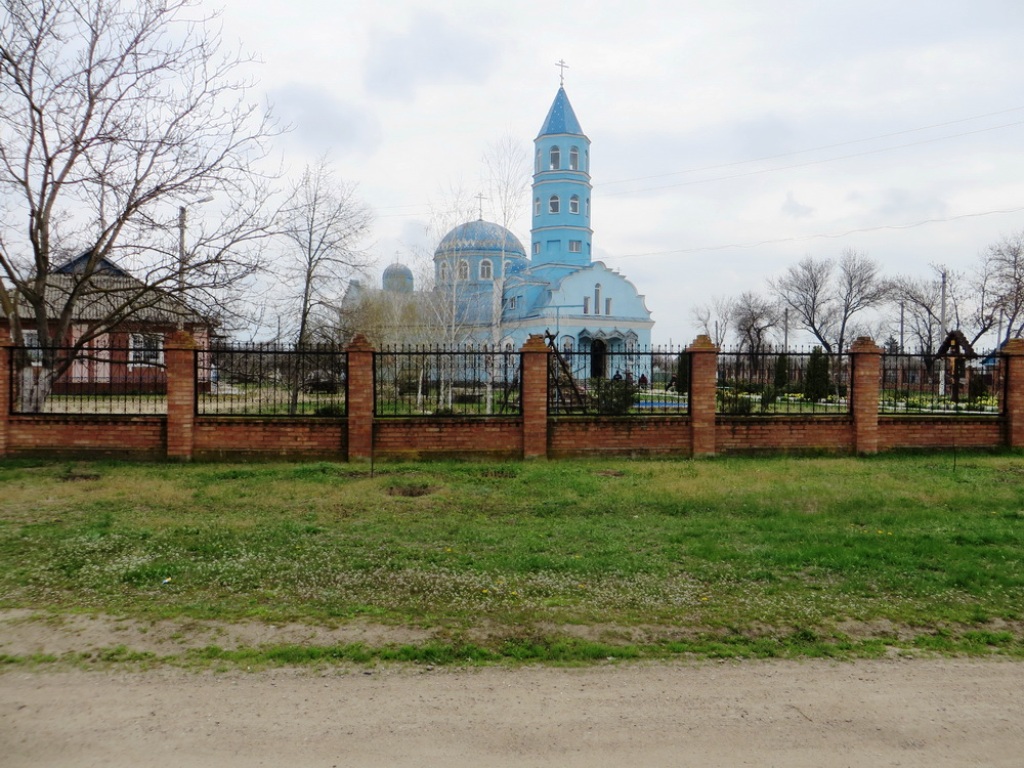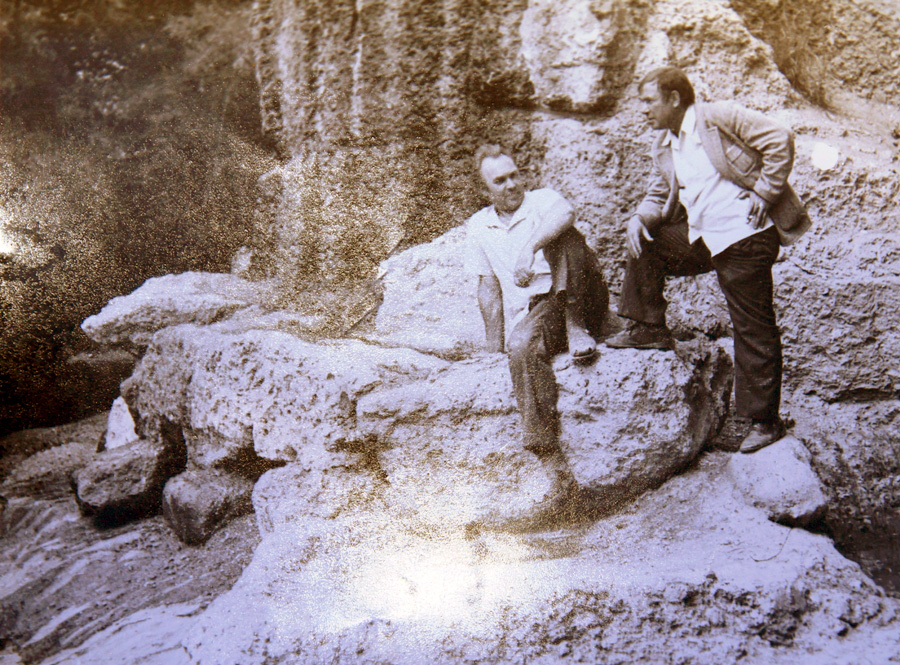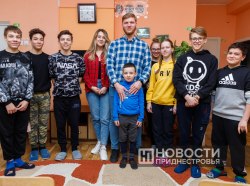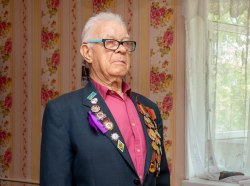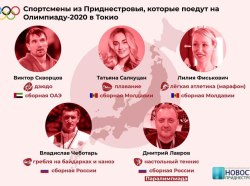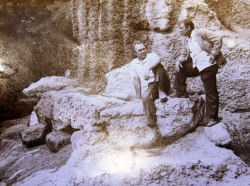Tiraspol, June 3. /Novosti Pridnestrovya/. On June 3, 1919, a famous sculptor, designer of the State Park of Landscape Art in the village of Chobruchi, Slobodzeya District, Dmitry Kirillovich Rodin was born in the Pryanzerki village, Penza Region of Russia,
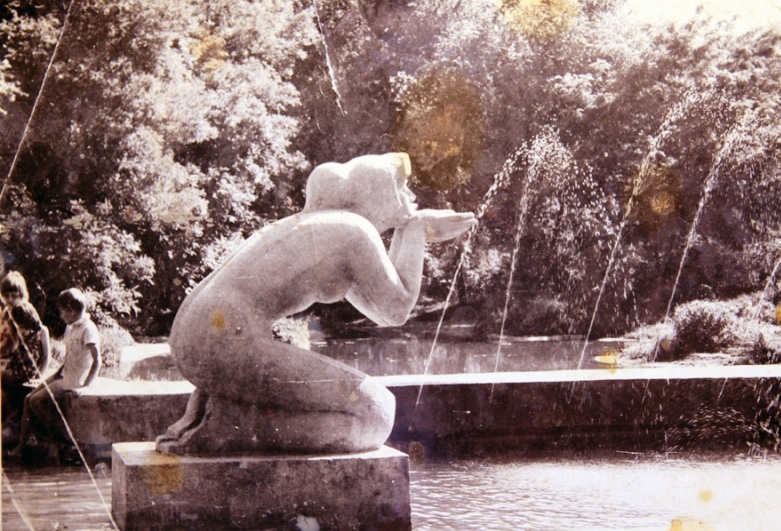
Sculpture "Thirst" or "Kneeler"
Youth
In 1938 Dmitry Rodin graduated from the Rostov Art School. In 1939 he was drafted into the army. He went through the Great Patriotic War as a fighter in the engineer battalion.
In 1948 he was demobilized and, as fate would have it, ended up in Tiraspol. As a sculptor, he participated in the construction of the City Council building.
In 1953 he took part in the construction of the House of Culture in the village of Chobruchi. Dmitry Kirillovich worked on the design of the pediment and the interior of the building. As a result, the rural House of Culture was recognized as the best in the Moldavian SSR, having been marked with various awards and prizes.

Palace of culture of Chobruchi village
Long Years of Waiting
In 1958 Dmitry Rodin suggested building a large park in Chobruchi and developed its project. With the help of local residents, its laying began. But when approving the construction in the party authorities, the project was not endorsed.
The artist decided not to deviate from his idea and clearly demonstrated to the officials what the future park might look like. He placed its elements on his personal plot. So that there were no questions from his wife, he bought a ticket to a sanatorium for her, while he himself set about laying a miniature park, which he put up on several hundred square meters. Soon there appeared trees, a decorative pond, a gazebo and a fountain.
However, the presentation of the demo version of the park got nowhere. Rodin did not receive a building permit again.
The sculptor once confessed to his wife that he sees his creation in a dream. He said that he dreamed of creating a park in which people could get away from day-to-day life, escape from the daily bustle and enjoy nature, finding inner peace.
Long-Awaited Agreement
Dmitry Rodin's idea began to be turned into action about 12 years later - in the early 70s. Then the former chairman of the collective farm, whom the construction of the park depended on, was replaced by a young and active leader.
But Dmitry Kirillovich still didn't have the heart to approach the new leadership with his sketches. When he learned that a multi-storey building was planned to be built on the site of the future park, he immediately went to see the official. After a long conversation, Rodin obtained the long-awaited agreement.
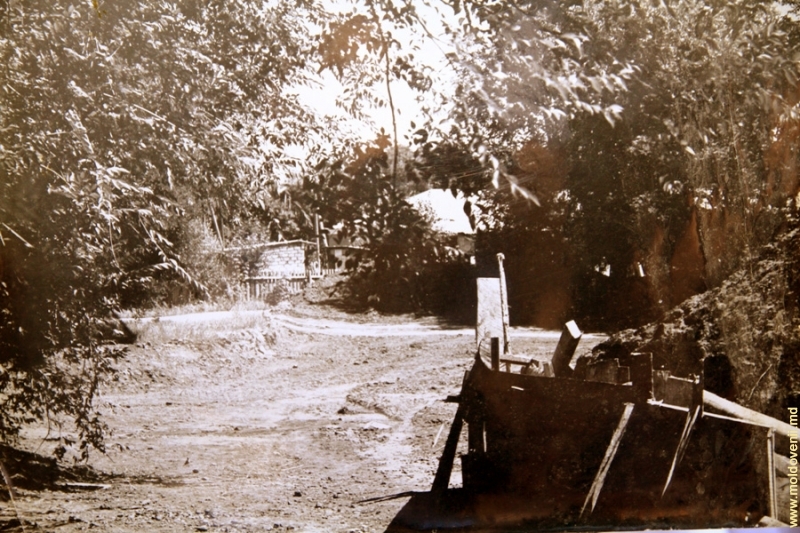
Work on the park`s construction, 70s
Dream Come True
4 hectares were donated for the park, where Dmitry Rodin embodied his ideas in stone, concrete and green spaces for 10 years.
Most of the work on the creation of sculptures, grottoes, gazebos and bridges was done by Dmitry Kirillovich with his own hands. He literally controlled every process.
The grottoes and sculptures were not made of stone, as it might at first appear, but were made of concrete. The administration did not allocate funds for the purchase of stones, so the artist had to find a way out. At that moment he got an idea to try concrete. Note that most of the boulders in the park are also made of concrete. Some of them were brought from the Goyan quarry by the artist.
The whole concept of the park is built on the complex symbolism of the unity of the nature`s main elements - water, ground (stone), light (fire), united by the spirit of art. The water of the ponds and fountains, which reflected rocks and sculptures, was of particular importance. The park was like a mirror temple of nature.
So, for example, the Rock of Reflections, made in the form of one wing, reflected in the water, formed the figure of a flying crane.
Light played an equally important role. The solar grotto, which houses the sculpture of a girl named Aurika, is built in such a way that the light entering it through the holes illuminates it with thousands of rays, as if enveloping it in gold. It is no coincidence that Dmitry Rodin named it that way. Indeed, Aurika means “golden” in translation from Moldavian.
In the Rainbow Grotto, the sun's rays, falling at a calculated angle through a hole in the roof at a certain time of the day were supposed to create a rainbow in a domed fountain above the central hole in the ceiling
Rodin admitted that the idea of what the future park should look like came after he saw the icon "Trinity" by Andrey Rublev. There we see the main symbolic compositions: the Sacred Mountain, the Tree of Life and the temple. These symbols, personifying the harmony of the universe, were used by Dmitry Rodin when designing the park. As a result, Chobruchi Park became one of the magnificent pieces of landscape art.
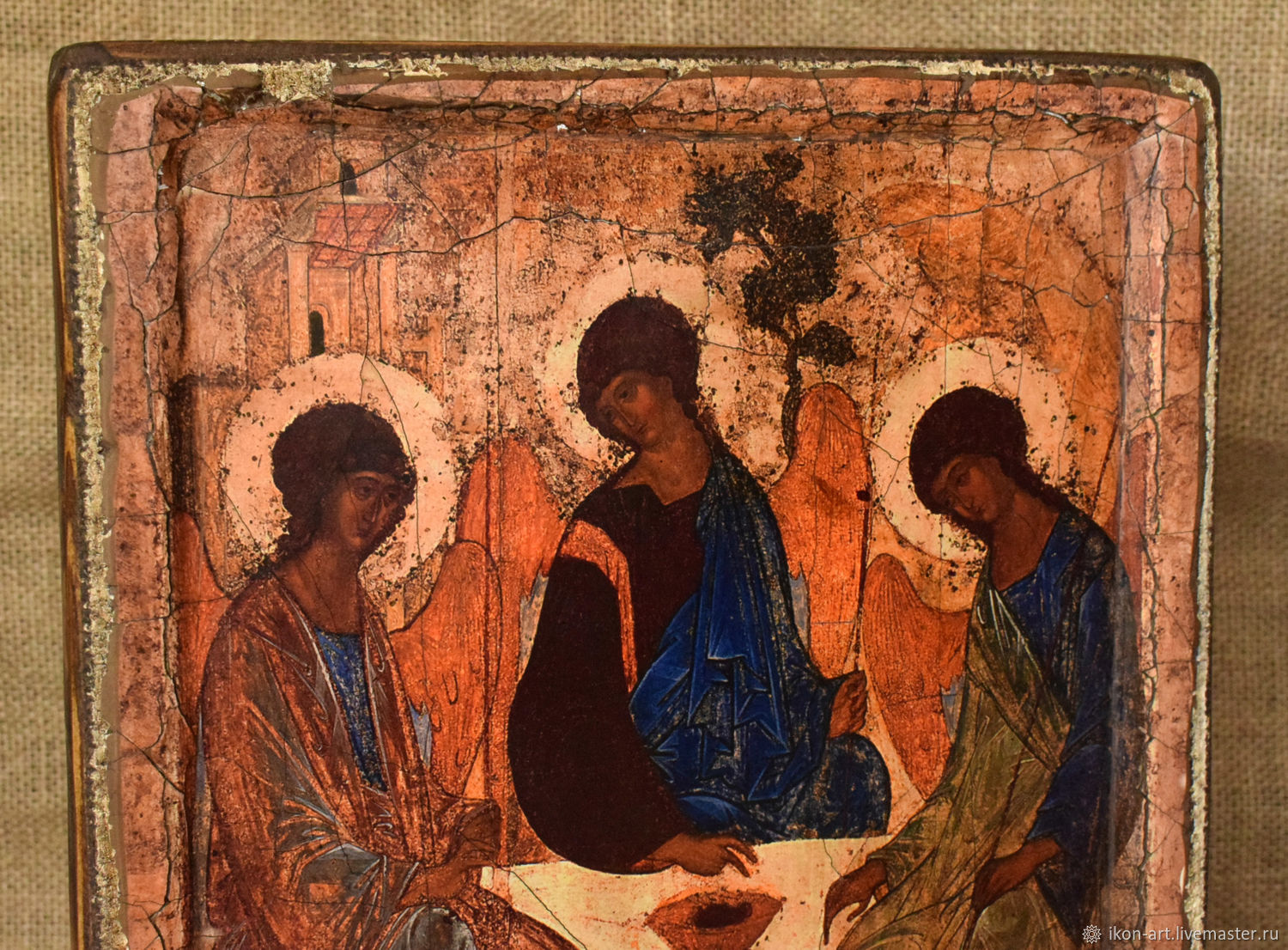
First Place at VDNH
Chobruchi Park took first place and a gold medal at the All-Union competition of garden art of the USSR in Moscow. The Gorky Park in Moscow, Kirovsky Park in Leningrad, Domodedovsky and Brestsky Parks are the winners along with it.
Yet this Rodin`s victory could not have happened. At first, they forgot to send an invitation to Dmitry Kirillovich. Three days before it was held, the sculptor got a call from the Ministry of Culture of the Moldavian SSR. They asked: "Why aren't you going to the competition?"
The sculptor was in Moscow in three days' time. But in the selection committee he was told that the acceptance of applications has already been completed. "You should at least look at my works, I can't take them back home," Rodin replied.
Having seen photographs depicting Chobruchi Park, which had already been heard of in Moscow art circles, Rodin was allowed to participate in the competition. And the next day, the artist discovered materials about his park in the very center of the VDNH competition exposition.
Then more than 1600 projects from all over the Union were submitted to the competition, while only 5 of them were awarded a gold medal and a 1st degree diploma.

The main entrance to the exhibition. Pavilion "Central". 1982, Moscow
Encrypted Self-Portrait
On July 5, 1999, Dmitry Kirillovich Rodin passed away. In 2000, while carrying out general labor activities on the park`s territory, experts accidentally discovered an "encrypted" self-portrait of the sculptor. It is located at the top of a sculptured hill in the center of the park. And under the top layer of one of the boulders, the artist's handprint has been preserved.
In the same 2000, the Chobruchi Park was given the name of D.K. Rodin.
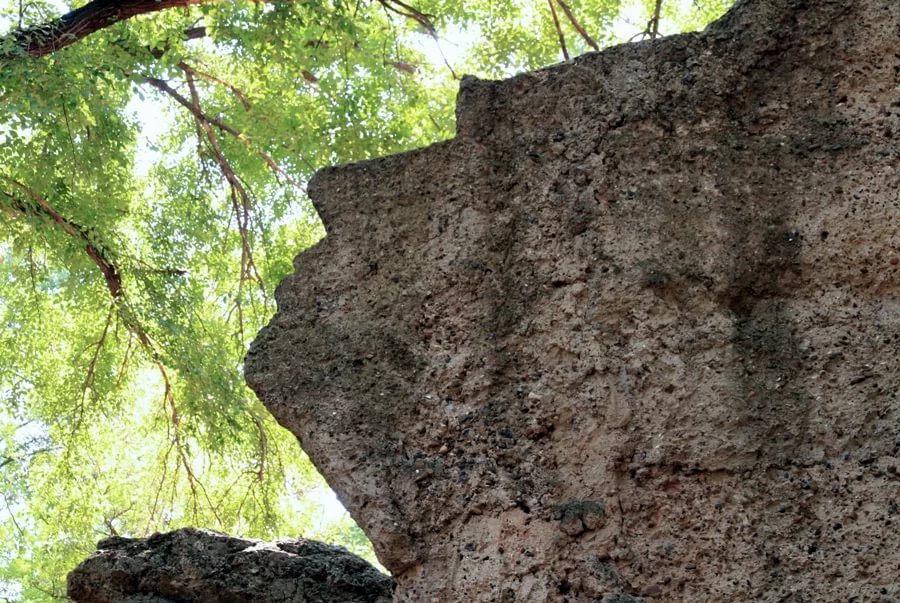
P.S. The talented sculptor`s last work in the early 90s was the Intercession Church, located in the village of Chobruchi.
